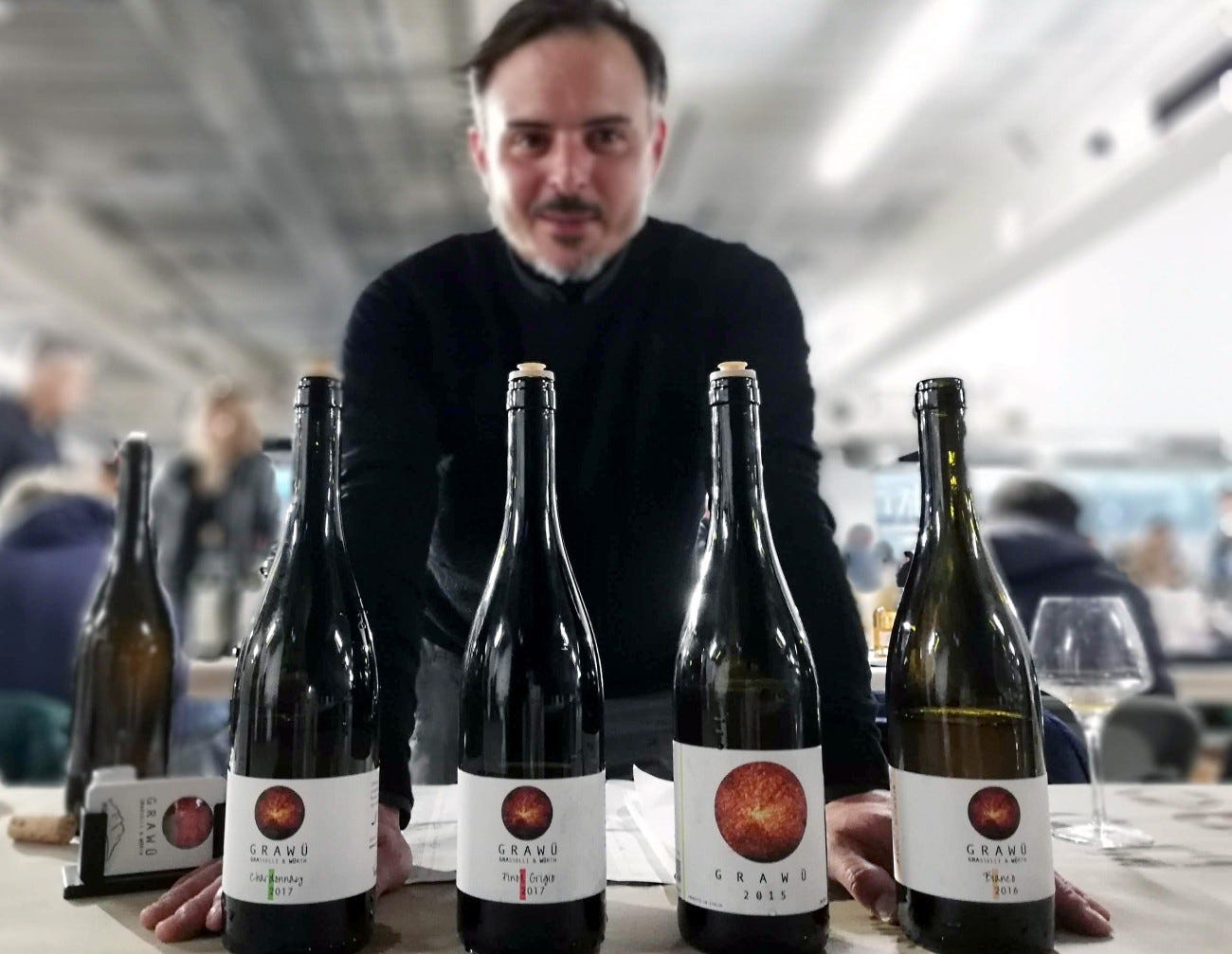New faces at Raw Fair London
Simon reports back from a typically exciting Raw fair London, full of new discoveries.

Back in May 2011, London's Borough Market railway arches played host to a much talked event known as The Natural Wine Fair. The brainchild of five specialist wine importers and French MW Isabelle Legeron, its roster of around 120 producers of 'natural wine' was unique in the UK, and would have been hard to equal anywhere else. From 2012, Legeron created her own independent event, renamed to the now familiar Raw Fair.
Eight years later, the landscape has changed beyond recognition. As many wine growers will confirm with frustration, the issue now is trying to figure out which natural wine fairs to skip - there are so many. Not only have underground get-togethers such as La Dive grown massively in stature, new events have sprung up like mushrooms across Europe - Salon des Vins S.A.I.N.S in France, Vinnessum and Border Wine in Italy, ViNoSo and Soif in Amsterdam, Karakterre in Vienna, not to mention Raw itself expanding to Berlin, New York, L.A. and Montreal.
The original Raw Fair London…
Keep reading with a 7-day free trial
Subscribe to The Morning Claret to keep reading this post and get 7 days of free access to the full post archives.




